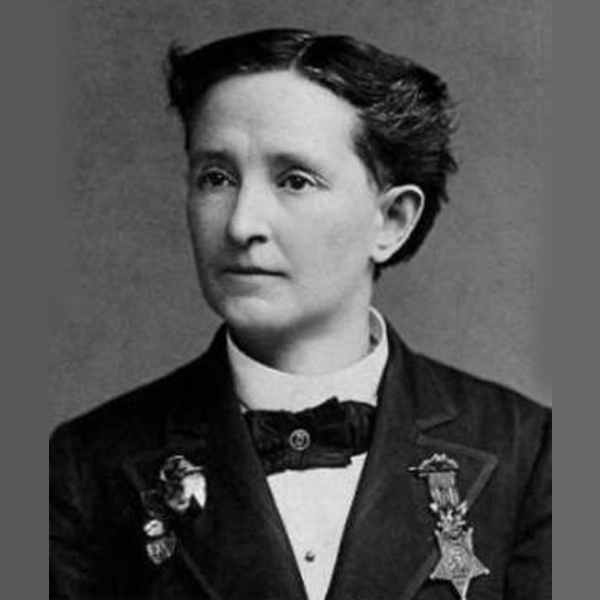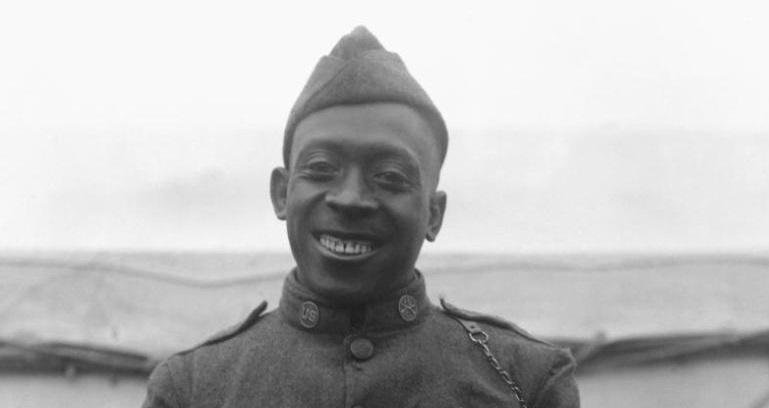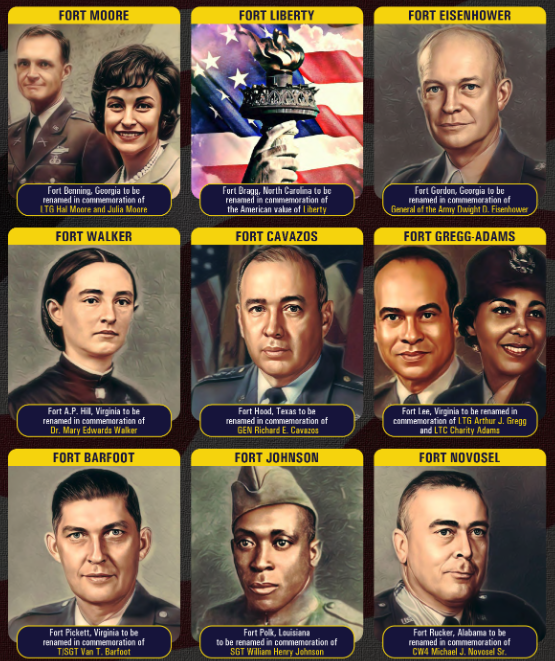Renaming racist landmarks to reflect modern values
Throughout our nation’s history, Americans have made all sorts of creative decisions on how to name the natural landmarks, buildings and other elements of note that fill our lives. Some of this naming has turned out to be highly problematic - particularly after eradicating slavery and in the context of our continued fight against racism.
What’s in a name? A hell of a lot, it turns out. Names hold significant power in shaping societal values, making it essential to rename racist and derogatory titles to promote respect and healing within communities. Let’s dive in.
“History, despite its wrenching pain, cannot be unlived, but if faced with courage, need not be lived again.”
Fort Hood becomes Fort Cavazos: A step towards inclusion
A very recent example of an important re-naming effort is the renaming of Fort Hood, a sprawling Army base in Central Texas. On May 9, 2023 Fort Hood will officially become Fort Cavazos, named after General Richard Cavazos—the first Latino four-star general and first Latino brigadier general.
The base previously bore the name of Confederate General John Bell Hood, a controversial figure symbolizing the pro-slavery Confederacy and its oppressive ideologies. This renaming was recommended by the Department of Defense's Naming Commission, created in 2021 to remove all imagery and titles honoring the Confederacy, as mandated by Congress.
This is an exciting moment to celebrate an outstanding Texas-born Mexican-American hero - honoring the rich history of the Latinx community building and protecting our nation that deserves far more recognition and praise.
Beyond Fort Hood: Renaming military bases and facilities
This is just one step in a larger effort to rename military bases and facilities with racist and inappropriate names. In 2023 alone, at least eight other military bases bearing the names of Confederate soldiers will also be renamed. This includes:
Fort Bragg to Fort Liberty - this new name signifies a commitment to freedom and the core values of the United States.
Fort AP Hill to Fort Walker - named for Dr. Mary Edwards Walker, the first woman surgeon in the Civil War and the only woman awarded the Medal of Honor.
Fort Polk to Fort Johnson - this pays tribute to Sgt. William Henry Johnson, a member of the Harlem Hellfighters in World War 1 who was posthumously awarded the Medal of Honor.
In addition to renaming military bases, the Department of Defense (DOD) is also renaming streets and buildings to remove names associated with the Confederacy. Furthermore, two cruisers are also being renamed and any battle streamers honoring Confederate service are no longer allowed.
While history cannot be undone, the renaming of some military bases is an essential step in confronting our dark past and a reminder of the equality our armed forces are fighting for.
Reclaiming the land: Renaming anti-Indigenous landmarks in the United States
The United States Department of the Interior has taken significant steps to rename anti-indigenous lakes, streams, cities and other landmarks, recognizing the importance of respecting the history and culture of Indigenous peoples.
U.S. Secretary of the Interior Deb Haaland is the first Native American to hold the position and, as a member of the Laguna Pueblo tribe, has a unique insight and understanding of the importance of these renaming initiatives as we work to rectify historical wrongs and foster respect for marginalized communities.
There is a particularly offensive term in question: "squaw" that I have only recently understood to be wildly inappropriate. Historically used as a racial slur, this phrase is considered derogatory due to its association with the objectification and dehumanization of Native American women and should no longer be perpetuated.
Five examples of renamed indigenous landmarks include:
Squ*w Valley to Palisades Tahoe: A popular ski resort in California, it was renamed in 2021 to remove the offensive term from its name and better reflect the area's Indigenous heritage.
Squ*w Peak to Piestewa Peak: This mountain in Arizona was renamed in 2003 to honor Lori Piestewa, a Native American soldier who died in the Iraq War and to eliminate the derogatory term.
Squ*w Lake to Spirit Lake: This lake in Minnesota was renamed to Mní Wákan Lake in 2021, which means "Spirit Lake" in the Dakota language, removing the harmful term and honoring the area's Indigenous history.
Squ*w Island to Unity Island: An island in New York, it was renamed Unity Island in 2015 to foster a sense of unity among the diverse communities in the region.
“When people use racial slurs, it’s not just about the word. It’s about the whole context in which the word is used and the history of racism and marginalization that comes with it.”
Renaming landmarks with derogatory language against the Black community
This movement can be traced back to the Civil Rights era when activists began to challenge the presence of racially offensive names and symbols. Georgia Representative John Lewis, an absolute icon, loudly advocated for removing Confederate monuments and renaming landmarks that perpetuate racism before he died in 2020. More recently, the Black Lives Matter movement has contributed to a renewed focus on renaming and/or removing these landmarks, effectively partnering with numerous community activists and political leaders working together to address this issue.
By renaming landmarks that glorify the Confederacy, the United States can work towards reckoning with its racist past and stopping the continued promotion of harmful stereotypes and sentiments towards the Black community.
Efforts to rename landmarks with derogatory language against the Black community extend beyond Confederate symbols. For example, the renaming of N*gro Bar State Park in California, which received longtime criticism for its racially insensitive name, is currently in the process of renaming to something else that honors the Black miners who first struck gold here.
“Renaming these landmarks is not erasing history; it’s actually unearthing history that has been buried under the myth of white supremacy.”
It’s time for white allies to do the right thing
Allies need to lead the way in efforts to rename derogatory landmarks, as the responsibility for change should not solely fall on the shoulders of marginalized communities. By educating themselves on the history and impact of racist naming practices, white people can actively support these renaming initiatives and contribute to dismantling the legacy of racism in the United States.
Resources such as the U.S. Board on Geographic Names (BGN) and local government entities offer avenues for reporting concerns about racially offensive names, allowing individuals to participate in the process of change. Ultimately, creating a more just and inclusive society requires the active involvement of all to recognize their role in supporting and amplifying the voices of those historically marginalized and targeted.
TLDR Quick Summary:
Renaming landmarks ensures that more community members feel seen and respected. This process helps dismantle the legacy of racism and oppression in the United States.
Addressing derogatory language in landmark names acknowledges and rectifies historical injustices faced by Indigenous and Black communities.
The onus should be placed on white folks to act as real allies in supporting renaming initiatives and amplifying marginalized voices. This involvement is crucial in creating a more just and inclusive society for future generations.







